Equipment
Titanium through time: Golf’s most influential metal from past to present

When titanium first touched down in the world of golf, it was more curiosity than convention—an exotic material better known for space shuttles and jet turbines than for drivers and fairways. Yet over the past three decades, this sleek, high-performance metal has become a mainstay of modern golf technology. Once a futuristic novelty, titanium is now an integral material in the designs of many of the game’s most iconic golf clubs and brands, transforming performance expectations and shaping the way golf is played. In recent years, with more and more manufacturers turning to carbon and other exotic materials over titanium, I took some time to pay homage to the aerospace metal that has helped us golfers cope with the game over the years.
It all started in Japan
A quick search online will show you that well-known brands such as TaylorMade, Callaway, and Titleist are the dominant players in titanium usage, but the first clubs to use it emerged in Japan in 1990 with the introduction of the Mizuno Ti-110 driver. At the time, the club was a bold step forward, with the company touting titanium as the next big thing in golf. Stronger than steel but lighter in weight, the advantageous properties of titanium opened the door to a slew of new designs including a larger clubhead with a bigger sweet spot, redistribution of weight to increase MOI, and a thinner clubface to maximize the trampoline effect for distance — all without adding weight.

YouTube images from The Vintage Golfer channel
The Ti-110 and its use of titanium certainly turned heads in golf design circles, but its high production cost and limited availability kept it from catching fire internationally. The real breakthrough moment for titanium would come five years later in 1995 from another brand in another country.
Callaway’s Great Big Breakthrough
When Callaway launched the now-legendary Great Big Bertha Titanium driver in 1995, it didn’t just introduce a new material—it began a new era in golf equipment. The full titanium construction allowed for a significantly larger head at 253cc for more forgiveness, which must have looked huge compared to the original Big Bertha driver at a mere 190cc.

I never got used to the no-hosel look and hated the dull thud sound it made at impact. It was Titleist all the way for me back then!
With over 250,000 drivers sold in its first year, it also became the best-selling driver of its time, proving that titanium wasn’t just viable; it was revolutionary. Pros like Phil Mickelson and Annika Sörenstam put it in play, but what made it great was how well it worked for the average golfer.
Callaway had turned titanium from a cool idea into a category disruptor and the ripple effect was immediate. Competitors scrambled to catch up, titanium quickly became the standard, and driver design would never be the same. The Great Big Bertha didn’t just move the needle—it changed the trajectory of modern driver technology.
TaylorMade’s Transition to Titanium
In response to Callaway’s Great Big Bertha, TaylorMade also jumped on the titanium bandwagon with its own Ti Bubble 2 Driver shortly after in 1995. Of course, the unique (or weird-looking depending on your taste) bubble shaft may have stolen the show, but the full titanium head boasted a lighter overall weight, faster club and ball speeds, and a sound like a gunshot when you caught one on the screws.
By 1997, the Ti Bubble 2 Tour and fairway versions were also gaining steam on Tour, with players realizing this lightweight combo wasn’t just a gimmick—it was a legitimate weapon. TaylorMade was officially in the titanium arms race.

I personally loved my TaylorMade Titanium 300 Series Drivers way back in 2001. I had the original 300Ti driver and 3 wood for a good number of years in my bag. In addition to the later releases of the 320Ti and the 360Ti, the titanium driver series were wildly successful and positioned TaylorMade not just as a metalwood brand, but as a premium performance-first manufacturer.
I’m sure you know the rest of the story. TaylorMade followed up with some of the most iconic driver models in the business such as the R500 Series in 2002 and the r7 Quad with adjustable settings in 2004. The company continued to utilize titanium faces in all subsequent models until making the huge switch to carbon face with the Stealth series in 2022. I am still undecided as to whether the move was a success or not.
Titleist Enters the Titanium Chat
While Callaway and TaylorMade enjoyed the boom created by catering to the weekend warrior, Titleist also saw great things for the new material. In 1997, they launched their iconic 975D titanium driver aimed at the better players. The pros on tour immediately took to the tiny, pear-shaped driver head, but none enjoyed more success with it than Tiger Woods. During the more dominant phase of his storied career, Tiger used the Titleist 975D driver to complete the Tiger Slam to hold all four major championship titles throughout 2000, culminating with his victory at the 2001 Masters.

His legendary feats with the compact 260cc titanium head driver assured the 975D a special place in history as one of the most iconic drivers of all time, and proved that titanium could deliver forgiveness and precision with an unrivaled feel. Titleist would go on to be one of the strongest proponents for titanium, steadfastly using it for their driver crown while most others had long switched over to carbon.
Fans of Titleist drivers usually point to the distinct sound and feel as their reasons for choosing the brand, and now I am thinking maybe those characteristics are largely due to titanium. Perhaps it is why they have been so adamant about sticking with titanium in trying to maintain its classic sound and feel. For the first time in 28 years, however, Titleist announced the new GT2 series featuring a new Proprietary Matrix Polymer crown, finally replacing titanium. The first thing they assured golfers was that their sound and feel were still all there. So far, the responses from golfers have been very good, so let’s see how it goes.
Early 2000s – Titanium Goes Full Metal Jacket
With titanium now the industry standard, the early 2000s saw an explosion of innovation from nearly all major golf manufacturers, including PING, Nike, Cobra, Srixon, and many more. These companies and more began to perfect the usage of titanium, resulting in larger, lighter club heads with thinner crowns and hotter club faces.
Titanium was also used in irons by most major golf brands since the late 90s. One of the earliest instances of titanium in irons belongs to Yonex, who released the Super ADX Tour irons with titanium face inserts in 1993. While most manufacturers reserved titanium for drivers, Yonex saw its potential in irons — seeking hotter faces and lighter swing weights. It was an innovative attempt to bring driver-like energy to the iron game, and more manufacturers began to incorporate the alloy in their irons. Callaway, TaylorMade, Honma, Mizuno, PING, PXG, and many more brands have all used titanium in their irons to enhance distance and forgiveness.

Crouching Carbon, Hidden Titanium
Titanium was such a force for good (performance) in golf clubs that the club manufacturers looked high and low to find other ways to make use of the prized metal. Again, my brief search turned up many instances of titanium being used to improve performance, but it was still within the confines of re-distributing the weight (perimeter weighting), or making the crown or the clubface thinner and lighter.
Then in 2017, Callaway rewrote the titanium playbook once more with its GBB Epic driver, featuring a never-before-seen Jailbreak technology. Rather than focusing solely on the face or perimeter-weighting, Callaway took a different approach by placing two internal titanium bars vertically behind the face to connect the crown to the sole. This structural innovation served to minimize the amount of deformation in the clubhead at impact, meaning the titanium bars stiffened the body so the face could flex more efficiently for faster ball speeds and more distance.

Jailbreak technology was a game-changer for Callaway in their battle for driver-category supremacy with TaylorMade
GBB Epic wasn’t just another titanium-headed club in a crowded market. It was a turning point in how titanium was used in golf club design. Jailbreak represented a new application of titanium—not just as a face or frame material, but as a performance-enhancing internal structure. The impact was immediate. Players noticed the distance gains, and fitters saw the proof in the numbers. It was a fresh way to think about titanium, and a clear example of how materials engineering continues to shape the modern golf club.
Titanium in Shafts: A New Frontier
Until recently, titanium was synonymous with clubheads. But now, more boutique brands are bringing it into shafts, chasing a fusion of steel-like stability and carbon-like feel. As with clubheads, the use of titanium is shafts has been attempted by many over the years, though none has had a big impact. Most attempts involved trying to mesh carbon and graphite with titanium in some way to strengthen the shaft, usually for the faster speed golfers looking for more stability in their tee shots.
Now, a bespoke shaft manufacturer out of South Korea is currently making waves for its claim to have developed a whole new method of utilizing titanium in their shafts, realizing a never-before-seen synergy between carbon and titanium.
According to Special Joy Golf Lab, they have opened a new chapter in shaft manufacturing by reinforcing their flagship FreeFlex FF38 shaft with an ultra-thin 0.2mm helical titanium wire. The result is a shaft that defies flex norms. Despite measuring just 170 cpm—comparable to a lady flex—it offers a surprisingly strong dynamic torque and feel at impact for longer, straighter drives for all level of golfers.

TBT (Titanium Bending Tech) with 0.2mm and 0.3mm titanium wire helically embedded on the surface of the shaft offers a blend of whip, control, and stability that traditional materials struggle to balance
To be sure, the TBT shaft isn’t their first rodeo. The company launched in early 2023 with their ground-breaking FreeFlex shafts that produced faster clubhead speeds while maintain surprising accuracy. They followed it up a year later with the MetaFlex shafts aimed at the better players for forgiveness even at tour-level swing speeds.
It is worth noting that both FreeFlex and MetaFlex shafts defy the conventional norms of golf shafts, in that they are ultralight and yet strong in (dynamic) torque. They also boast unexpectedly soft flex ratings between 140-220cpm, yet feel surprisingly firm at impact. It is all due to their patented CBT technology (read about their Carbon Bending Tech here), which keeps the shaft from deflecting and bending too much through the impact zone, thereby keeping the face square longer for straighter shots.

Tour-level player at 115mph swing speed. Note the MetaFlex 6H shaft remains relatively straight at impact, despite being only 200cpm due the dynamic torque in action from the CBT reinforcement tech
Similar to the MetaFlex CBT tech, the new TBT shaft explored the meshing of two premium materials of titanium and carbon in non-traditional ways. By experimenting with the width, angle, spacing of the titanium wire, and the orientation of the helical wrapping, the company found that each variable altered the way the shaft behaved in its dynamic state (during the swing).
As a result, the TBT shaft exhibited two distinct characteristics, differing during static (at rest) and dynamic (during swing) conditions. Like Jekyll and Hyde, the shaft felt soft and easy to handle when waggled, but felt like a beast the harder it was swung. In fact, the shaft is said to be incredibly hard to turn over left despite it being a virtual noodle at waggle. Lo and behold, the ever-elusive dynamic torque has arrived.

These prototype CBT shafts showed that varying the reinforcing carbon band by width, depth, direction, and location directly affected the shaft’s behavior and consequent ball flight, which led SJ Golf Lab to experiment titanium, and further onto new materials for endless variations.
The inventor, Dr. Seungjin Choi, also offered the following to help better understand his TBT shaft and how it does what it does. Suppose you have two wires of 50cm and 100cm in length. Then you take each of the wire and wind it tightly on two separate shafts along the entire length. Which one would feel firmer? The answer is that the shaft wound tightly with the shorter wire will feel firmer as the wire is pulled more tautly over the shaft. But if the question is which shaft has the stronger torque, then the answer is the latter shaft with the longer wire wrapped around the shaft at tighter increments in spacing. But underneath in bot instances, the shaft maintains the original ‘soft’ spec to give the shaft that extra kick in speed, while the TBT wire providing the burst of firmness and torque is triggered only during the swing (dynamic phase) for shot stability and feel.
Or you can think of the FreeFlex 38 TBT shafts as being sheathed in a titanium armor, which activates only during the swing. Or perhaps like a non-Newtonian fluid that remains soft and pliable until an external force (impact during a golf swing) causes its unexpected abilities to manifest. Or just think of it as magic and scoff at it as I initially did. No one will blame you as it still sounds so darn far-fetched. You can see and decide for yourself here. Heck, I wrote the articles and I still have a tough time reconciling the actual shaft to the results I got from the launch monitor and my own two eyes.
Whatever you choose to believe, there is no denying that something new and profound is afoot in the shaft manufacturing frontier. And once again, our good friend titanium seems right in the mix to help us golfers onto a greener pasture (read fairways).
The Evolution Continues
In conclusion, titanium’s journey in golf has been anything but straightforward. Once a misunderstood prototype, it has evolved into a foundational element of modern club design—reinvented time and again by engineers, metallurgists, and the relentless innovators in R&D labs.
Today, titanium is no longer limited to the clubhead. It plays a vital role in face technology, influences the acoustics and feel of impact, and features prominently in shaft design. What began as an ambitious experiment has become a cornerstone of golf’s materials science. And as advanced technologies like AI, CNC precision machining, and custom alloy forging continue to push boundaries, titanium’s next chapter in golf may still be waiting to be written.
Equipment
BK’s Breakdowns: Cameron Young’s winning WITB, 2025 Wyndham Championship

Cameron Young’s WITB from his win at the 2025 Wyndham Championship. Cameron is a Titleist staff player but his bag is definitely filled with some unique clubs. Here are the clubs he used to secure his first PGA Tour win!
Driver: Titleist GT2 (9 degrees, A1 SureFit setting)
Shaft: Mitsubishi Tensei 1K Pro Orange 70 TX
3-wood: Titleist GT3 (15 degrees)
Shaft: Mitsubishi Tensei 1K White 80 TX
Hybrid: Titleist GT2 (21 degrees)
Shaft: Fujikura Ventus HB Black VeloCore+ 10 X
Irons: Titleist T200 (4), Titleist T100 (5), Titleist 631.CY Prototype (6-9)
Shafts: True Temper Dynamic Gold X7 (4-9)
Wedges: Titleist Vokey Design SM10 (48-10F, 52-12F, 56-14F @57), WedgeWorks (60-K* @62)
Shafts: True Temper Dynamic Gold X7
Putter: Scotty Cameron Phantom 9.5 Tour Prototype
Grips: Golf Pride Tour Velvet Cord
Ball: Titleist Pro V1x Prototype
Whats in the Bag
Peter Malnati WITB 2025 (August)
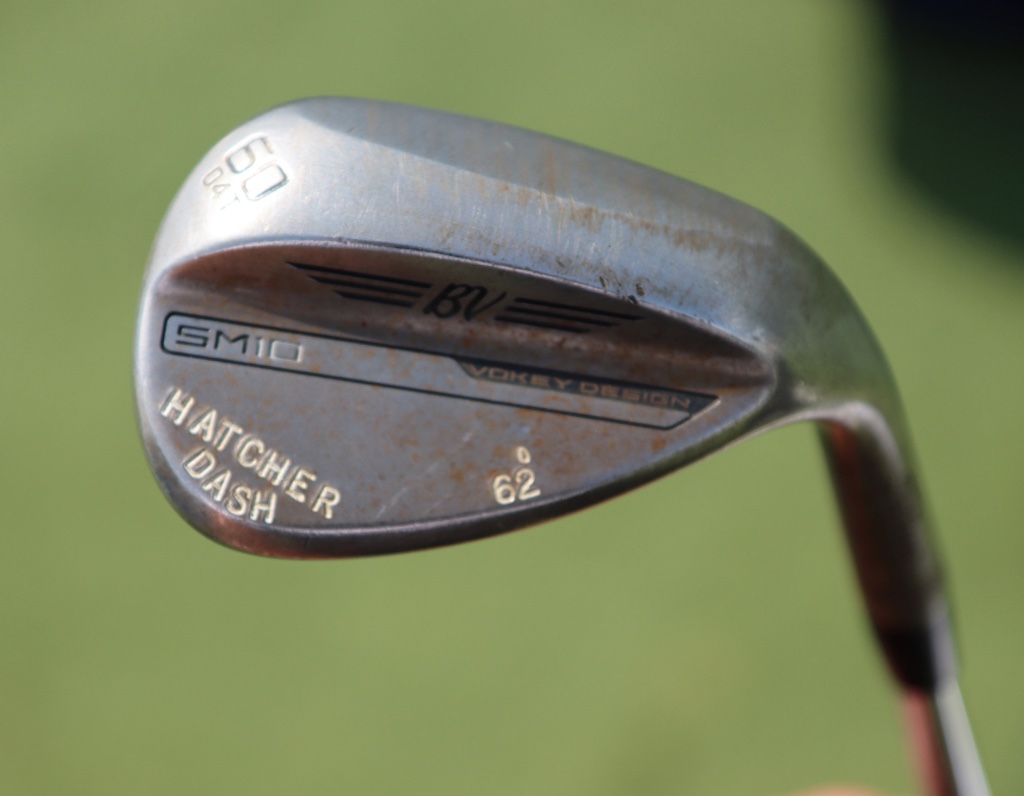
- Peter Malnati what’s in the bag accurate as of the Wyndham Championship. More photos from the event here.
Driver: Titleist GT3 (10 degrees, C2 SureFit setting)
Shaft: Project X Denali Blue 60 TX
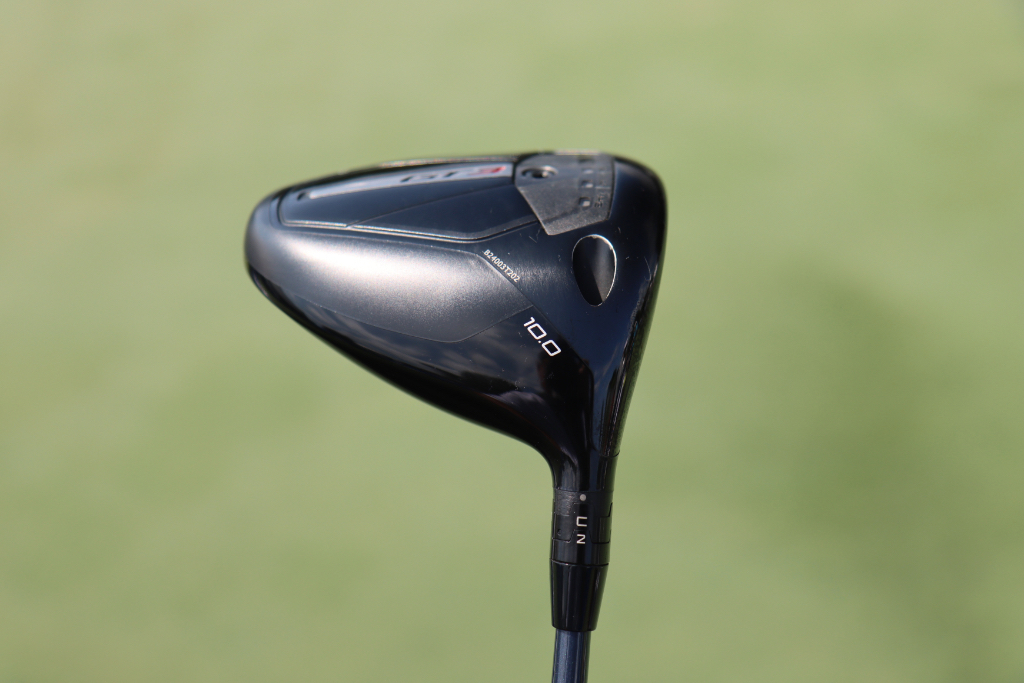

3-wood: Titleist GT3 (15 degrees, A1 SureFit setting)
Shaft: Fujikura Ventus TR Blue 7 X
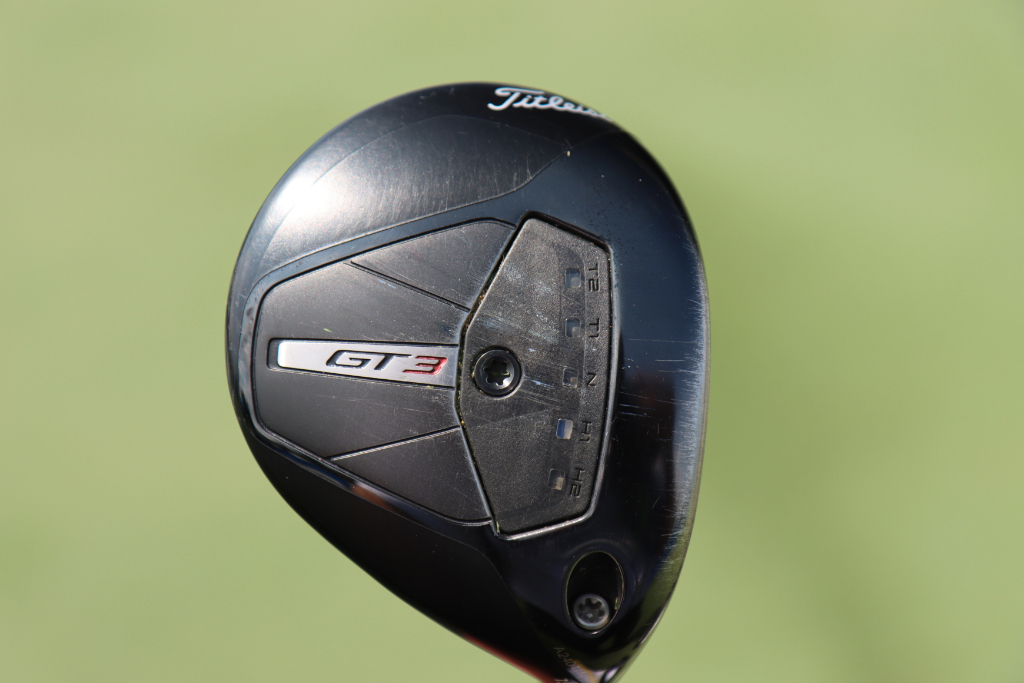
7-wood: Titleist GT2 (21 degrees, D1 SureFit setting)
Shaft: Fujikura Ventus TR Blue 8 X
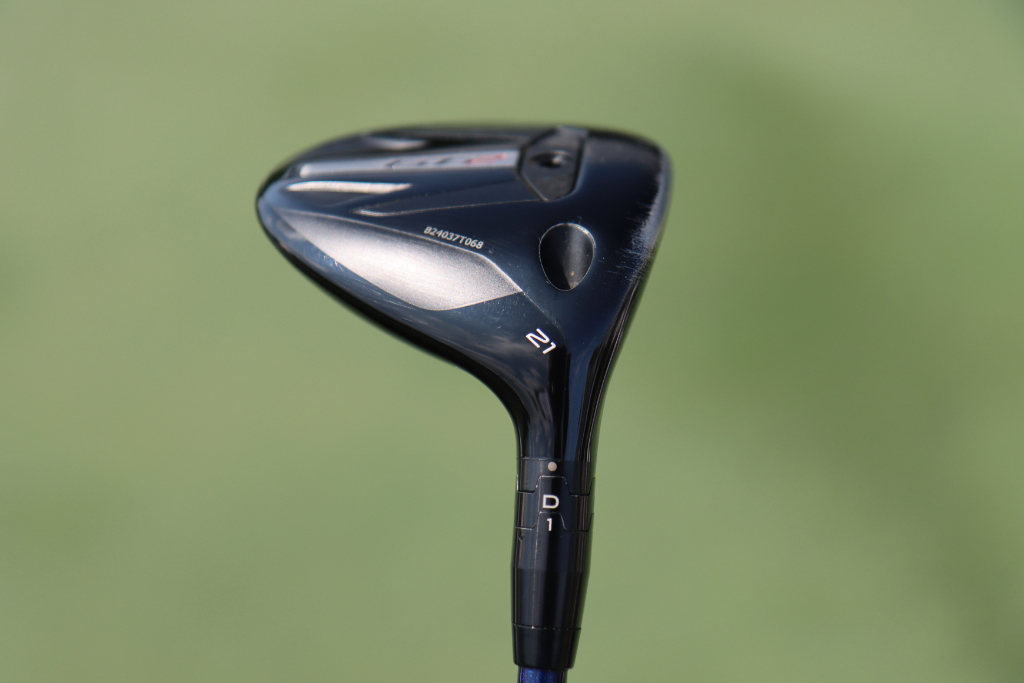
Irons: Titleist T150 (4, 5), Titleist T100 (6-9)
Shafts: True Temper AMT Tour White X100
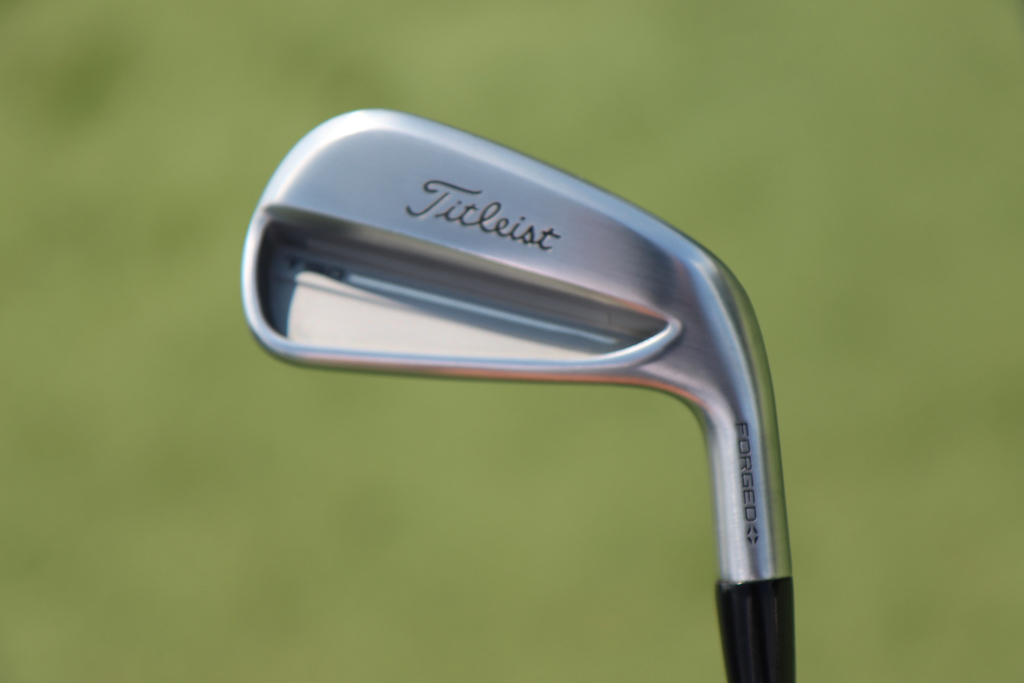
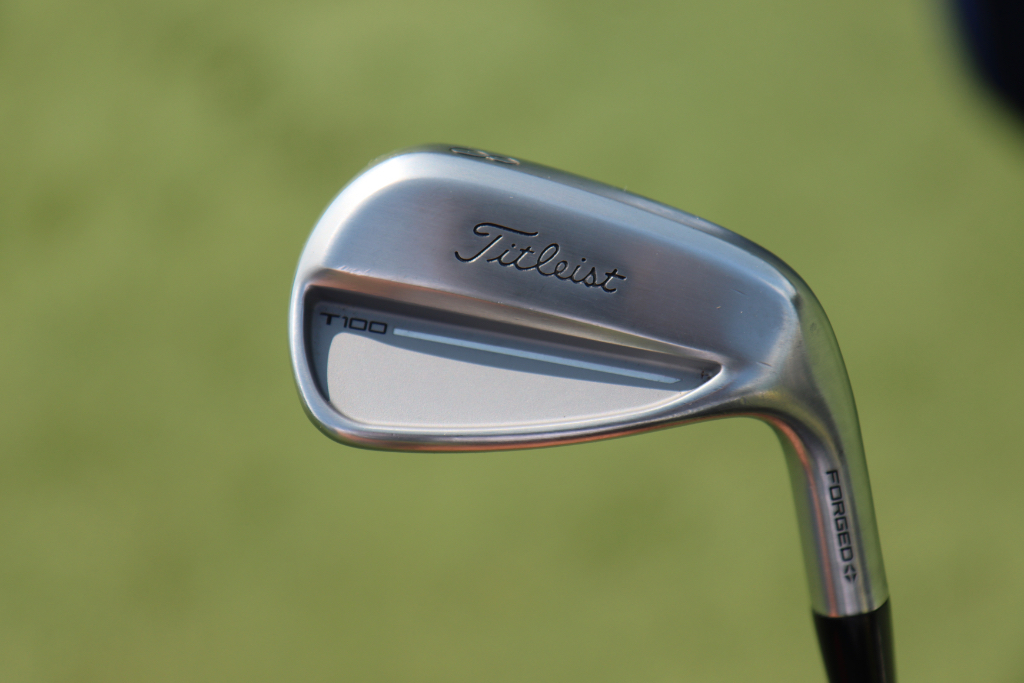
Wedges: Titleist Vokey Design SM10 (48-10F @47, 52-12F, 56-08M @57, 60-04T @62)
Shafts: True Temper Dynamic Gold Tour Issue S400
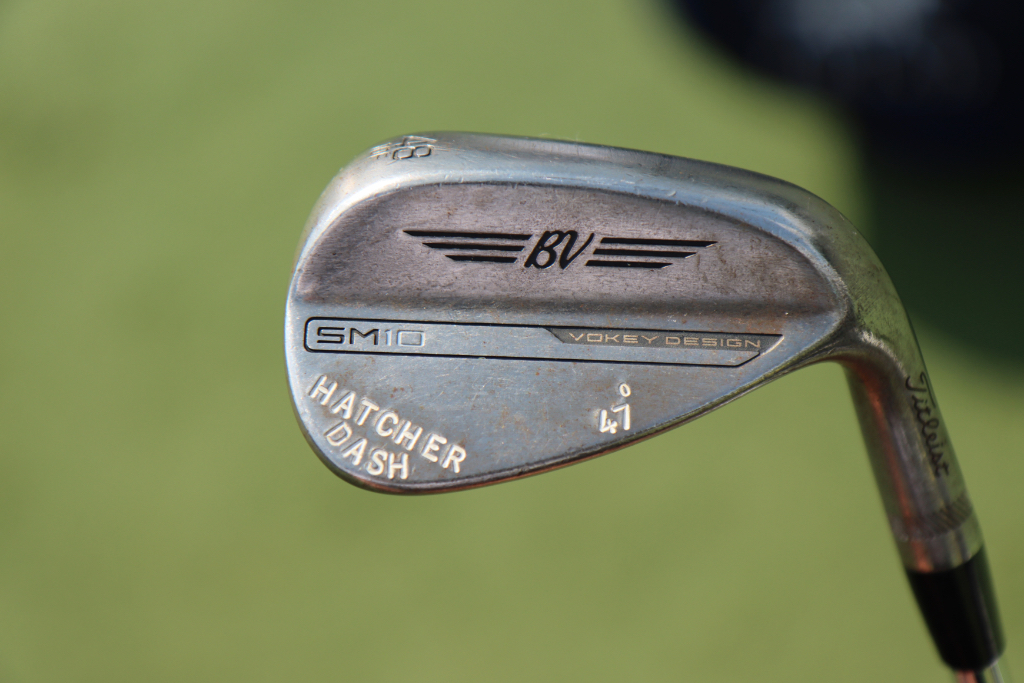
Putter: Scotty Cameron Studio Style Fastback 1.5 Tour Prototype
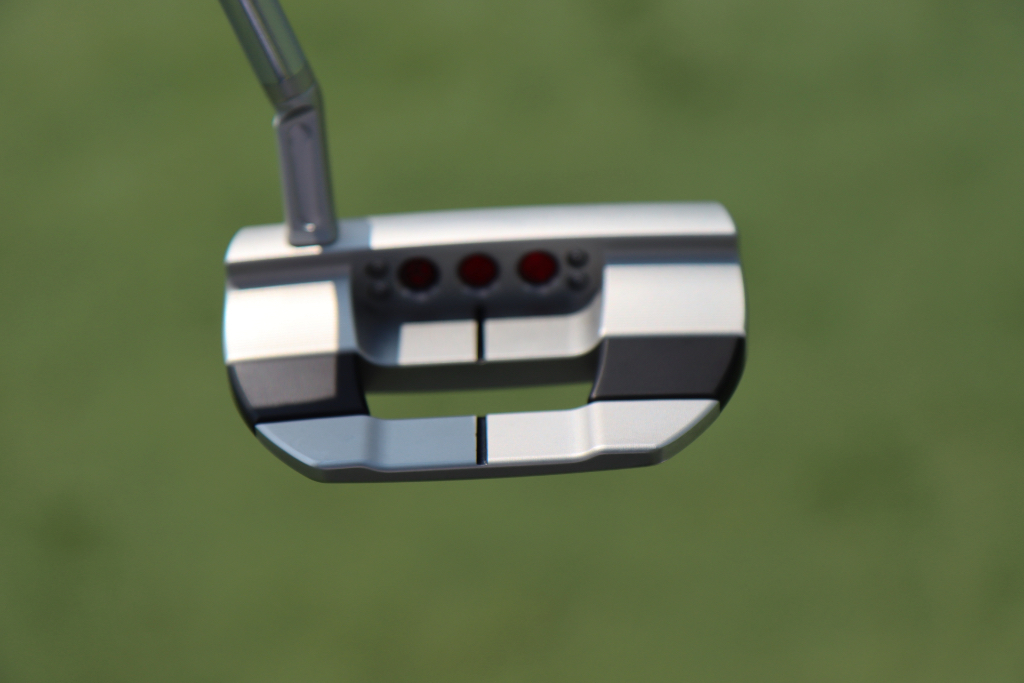
Grips: Golf Pride Tour Velvet
Ball: Titleist Pro V1x Yellow
Equipment
GolfWRX Members Choice presented by 2nd Swing: Best driver of 2025

We’re proud to once again partner with 2nd Swing Golf to bring you GolfWRX Members Choice 2025! 2nd Swing has more than 150,000 new and pre-swung golf clubs available in six store locations and online. Check them out here.

What is the best driver in 2025? At GolfWRX, we take great pride in our online community and the cumulative knowledge and experience of our members. When it comes to the best driver of 2025, we want to know what our forum faithful think.
Since our founding in 2005, the bedrock of GolfWRX.com has been the community of passionate and knowledgeable golfers in our forums, and we put endless trust in the opinions of our GolfWRX members — the most knowledgeable community of golfers on the internet. No other group of golfers in the world tests golf clubs as frequently or as extensively, nor is armed with such in-depth information about the latest technology.
Below are the results of GolfWRX member voting for the 2025 best driver, along with the vote percentage for each club.
Best driver of 2025: The top 5
5. Callaway Elyte Triple Diamond: 6.02%
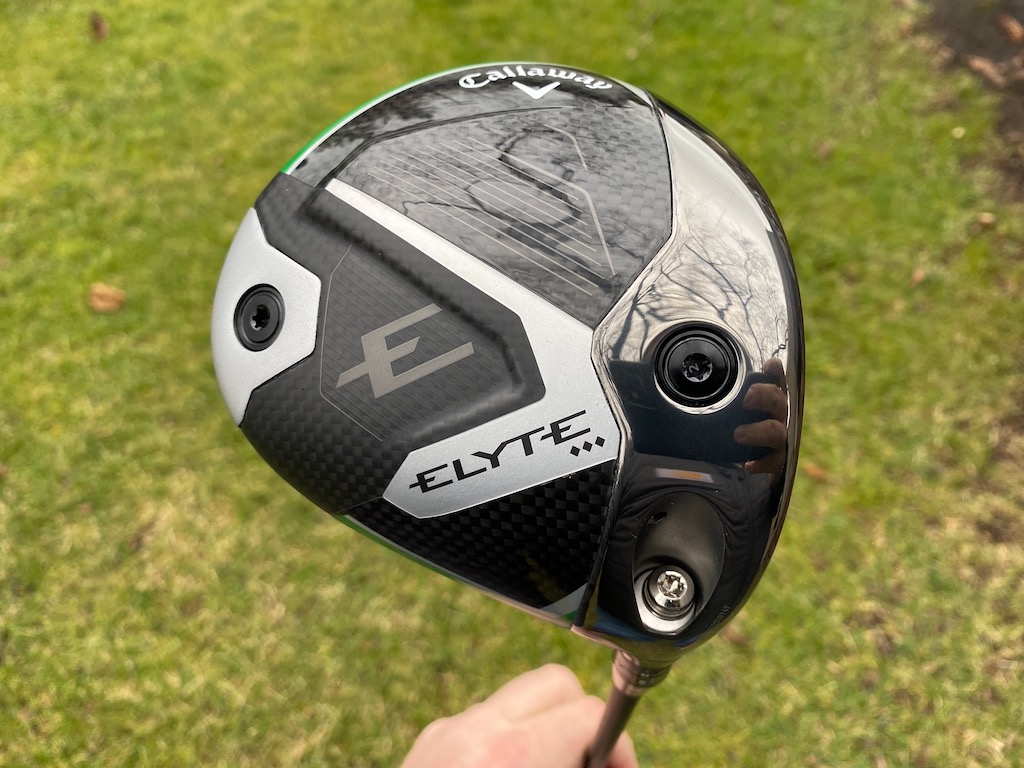
Callaway’s pitch: “For golfers looking for a fast, forgiving, yet workable driver, the Elyte Triple Diamond features a tour-inspired shape and is the preferred model by most Callaway tour players.”
You can read what other golfers are saying about the driver in the GolfWRX forums, and see our launch piece here. Shop the Callaway Elyte Triple Diamond here.
4. Ping G440 Max: 6.86%
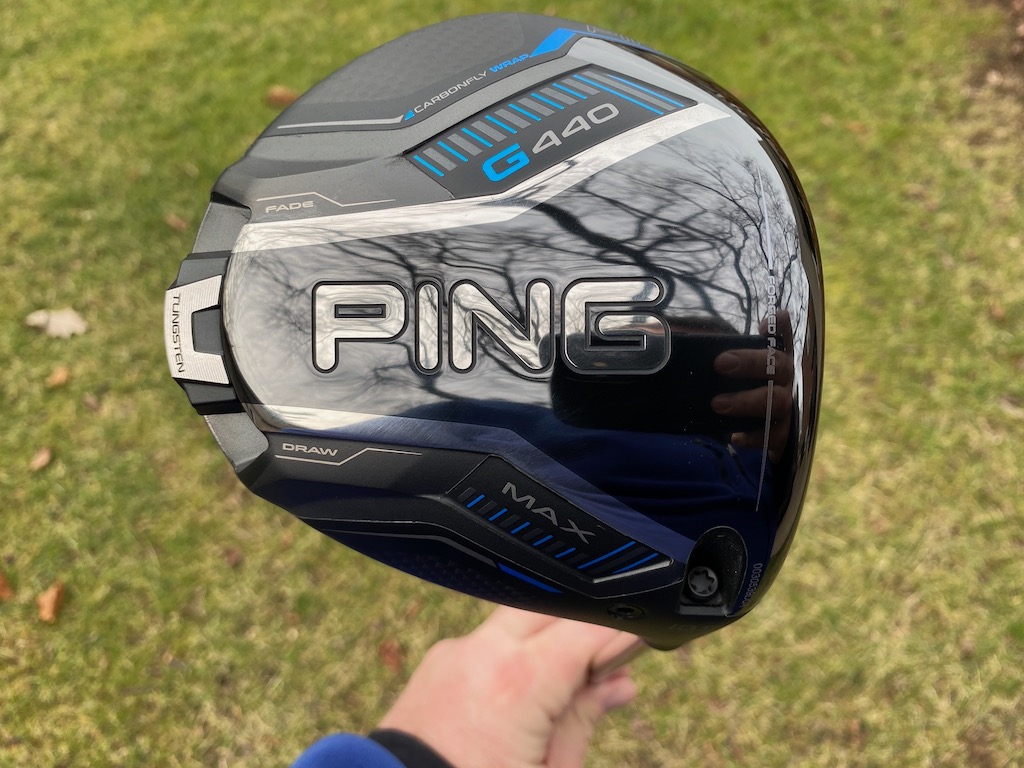
Ping’s pitch: “The most forgiving G440 model, MAX has a hotter face to generate speed and distance, and a lighter overall system weight with a longer shaft (46″) for faster clubhead speed, higher launch and longer carries. The Free Hosel and Carbonfly Wrap crown save weight to create our lowest CG ever and increase forgiveness while contributing to a more muted, pleasing sound.”
You can read what other golfers are saying about the driver in the GolfWRX forums, and see our launch piece here. Shop the Ping G440 Max here.
3. Ping G440 LST: 9.53%
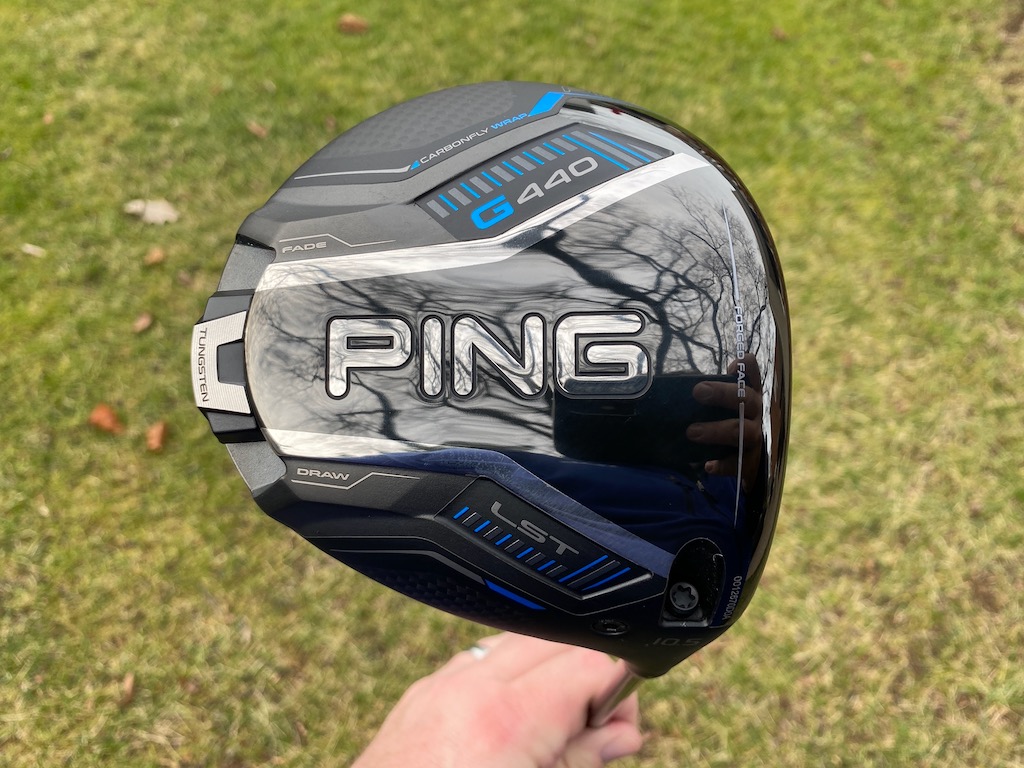
Ping’s pitch: “LST is an especially good fit for faster swings, offering less spin and more control with a penetrating trajectory. A hotter face, lighter overall system weight and longer shaft (46″) deliver more speed and distance while maintaining tight dispersion.”
@phizzy30: “Not a fan of Ping drivers in general, but 440 LST takes the cake. It’s super forgiving across the face for a low spin head, looks and sounds good and the ability to make it play neutral or slightly fade biased through the hosel settings is very appealing.”
You can read what other golfers are saying about the driver in the GolfWRX forums, and see our launch piece here. Shop the Ping G440 LST here.
2. Titleist GT3: 16.55%
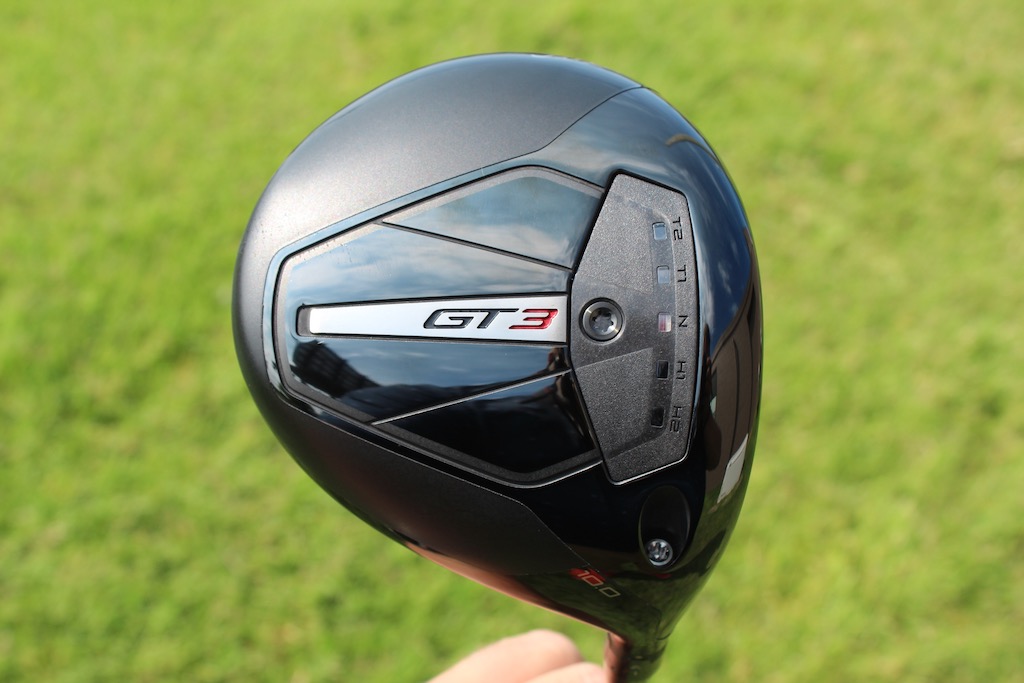
Titleist’s pitch: “The GT3 Driver offers Titleist’s boldest combination of power and personalization through adjustable performance. Dial in the CG Track to your frequent contact location to make your biggest drives even bigger while taking total control over flight and shaping.”
@mrmikeac: “I’ve been Anti-Titleist for years and years and years (outside of Vokey, of course). With that being said, HOLY BEGEEZUS the GT3 driver is an absolute NUCLEAR MONSTER! This thing blew my G430 10K Max out of the water in every single category. Forgiveness is the biggest thing that stands out of me, the 3 model has always been one of the less forgiving models in the past but this GT3 can take bad shot after bad shot and still end up in the fairway, I think a ton of that has to do with the adjustability, it’s actually effective. Feel and sound is perfect, that solid crack is so addicting to hear and when you hit it out the screws this thing can absolutely bomb it. Titleist, I’m sorry for doubting you. You have converted me.”
You can read what other golfers are saying about the driver in the GolfWRX forums, and see our launch piece here. Shop the Titleist GT3 here.
1. Titleist GT2: 22.91%
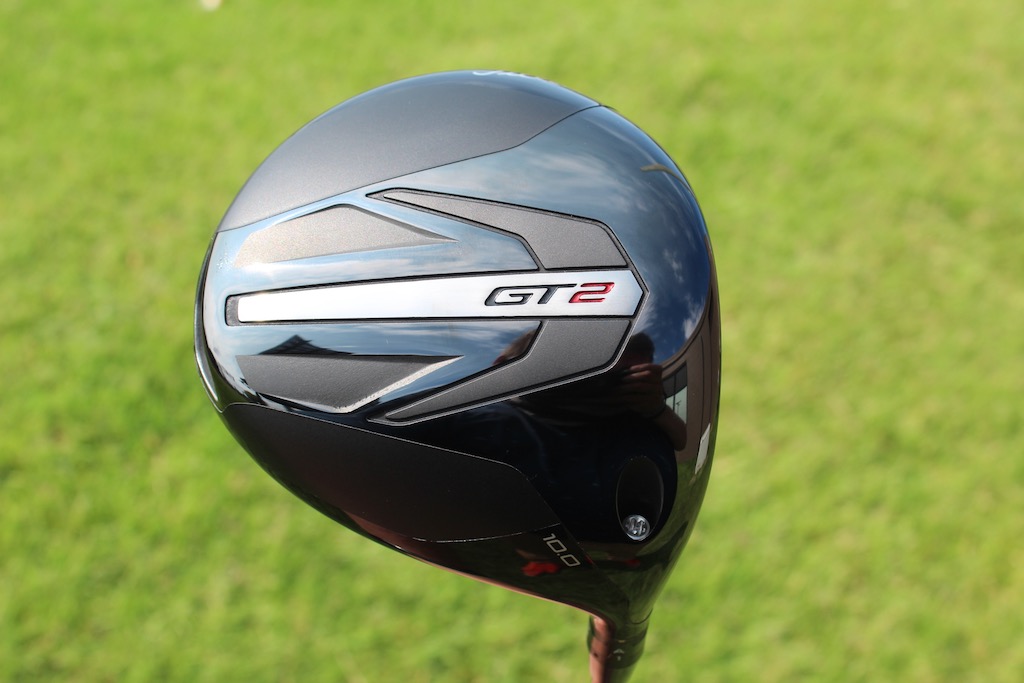
Titleist’s pitch: “Delivering impressive distance from any impact point, the Titleist GT2 Driver extracts maximum performance through a forgiving design. Get the stability and added confidence of a high-MOI driver without sacrificing speed.”
@DTorres: “The Titleist GT2 has proven to be the best driver of the year. Packaged in a classic profile, GT2 perfectly balances performance and forgiveness while consistently being a high performer across all categories.”
You can read what other golfers are saying about the driver in the GolfWRX forums, and see our launch piece here. Shop the Titleist GT2 here.
Other drivers receiving >2% of the vote
| Driver | Vote percentage (%) |
|---|---|
| Cobra DS Adapt Max K | 4.85% |
| Ping G430 Max 10K | 3.85% |
| Callaway Elyte Triple Diamond | 3.68% |
| TaylorMade Qi35 | 3.51% |
| Callaway Elyte | 3.18% |
| Cobra DS Adapt X | 2.34% |
| Cobra DS Adapt LS | 2.17% |
| TaylorMade Qi35 LS | 2.17% |
View this post on Instagram




















Jack
May 25, 2025 at 7:59 am
James, you left out the Sandvik titanium shafts from the early 90s. I had them in a set of Mizuno MP14s. They were amazing. Sadly we’re too expensive then to replace when broken.
Ely Mooske
May 24, 2025 at 7:58 pm
You missed the epic Tommy Armour Ti100 irons – all titanium, and absolutely giant.
… and, the ludicrous marketing gimmick of titanium golf balls.
DanP
May 24, 2025 at 11:50 am
Titanium shafts were available in the 1980’s
DanP
May 24, 2025 at 11:48 am
Did you know titanium shafts were available in the 1980’s?
Craig
May 24, 2025 at 7:59 am
Titanium shafts were relatively common in the early 90s, before Ti clubheads
Patrick
May 24, 2025 at 1:59 am
Your article was pretty good, but your take on titanium in shafts was short sided.
Sandvik Ti shafts were most folks first foray with titanium as a golf equipment material in the early 90s. It was a low torque solution with different feedback from graphite or steel. Many OEMs offered it as a high priced shaft option.
Notably,Daly had a red one in his Ultramid when he won the PGA.
Later(early 2000s)e21 was (is?) on the market with titanium/scandium shafts with similar low torque/low vibration properties.
Dave
May 23, 2025 at 11:31 pm
No titanium in golf conversation is complete with mentioning Sandvik, John Daly, and Robert Gamez.
Dan
May 23, 2025 at 6:18 pm
A decent read, but you’ve used pictures of the wrong Yonex irons. Sorry to be that guy!
James
May 23, 2025 at 11:37 pm
Hey thanks for the pointer! I was wondering the same thing as I was researching it ?
S. Chaney
May 23, 2025 at 4:53 pm
If it was mentioned in your article, I didn’t see it, but Sandvik Titanium shafts were definitely available in the early 90’s, probably earlier. I still have the TaylorMade “Metalwood” 3 wood in which I installed a Sandvik titanium shaft when I worked at Nevada Bob’s in 1991.
Scott
May 23, 2025 at 1:47 pm
No mention of the Sandvik TI shafts?